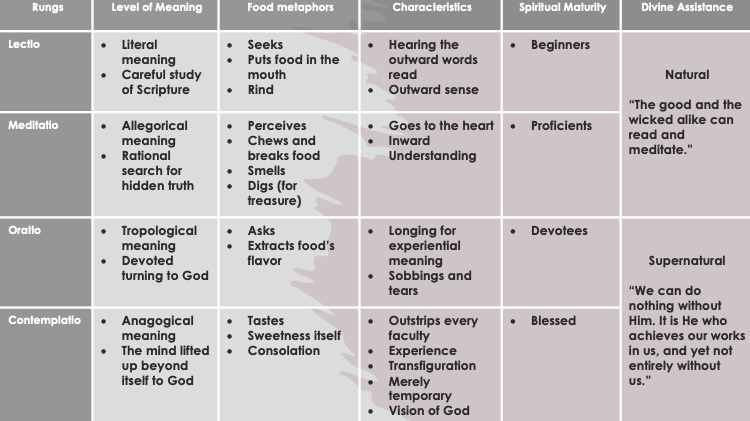Lectio divina is Latin for ‘divine reading’. The basic idea is that we should read the Bible in a way that brings us closer to God.
However, the term itself is not always very helpful. People use it far too often, and sometimes it barely seems to mean anything at all.
Hans Boersma to the rescue.
I haven’t read any of his books, not least his most recent (from 2023), which is on the topic of lectio divina: Pierced by Love: Divine Reading with the Christian Tradition.
However, I have watched his four-part Nashotah House video course on the topic (from 2022, I think).
From the introduction:
Lectio divina’s four traditional steps of lectio (reading), meditatio (meditation), oratio (prayer), and contemplatio (contemplation) form the frame of the practice. Repetitious reading, thoughtful and extended reflection on individual words or phrases, prayerful reflection upon our own lives in the light of our meditation, and finally silent resting in the love of God are the four basic elements.
In other words, lectio divina involves more than simply reading a Bible passage multiple times.
The first session (36:30 in the video) includes this very helpful slide:
(For a brief explanation of the literal, allegorical, tropological and anagogical meanings, see a previous post on the literal and spiritual senses of scripture.)
Perhaps this could be summarised as follows.
- Lectio is about giving careful attention to the passage itself.
- Meditatio involves making connections with other parts of the Bible and with the message of the Bible as a whole.
- Oratio allows the passage to speak into our world and our experience.
- Contemplatio pauses to enjoy the presence of God.
What might this look like in the format of a group Bible study?
I’ve led a handful of studies with this kind of structure, and they seem to have gone well. It isn’t rocket science, but perhaps it gives a clearer sense of structure and purpose, compared with a typical Bible study. Let me know what you think!
Prepare
As the purpose of the study is to encounter God, begin with prayer and worship.
Study
Read the passage slowly and carefully (perhaps more than once), and leave silence before discussing it.
Initial questions focus on the passage. For example:
- Does anything strike you?
- Does anything puzzle you?
- Is anything repeated or emphasised?
- How does this fit into the book so far?
- Where are we in the passage?
- How would you summarise the passage?
- What is the passage trying to do?
Dig Deeper
The aim now is to relate the passage to the message of the Bible as a whole. For example:
- Does this passage make you think of anything else in the Bible?
- How does this fit into the storyline of the Bible?
- How does this passage point us to Jesus?
- Where is the good news in this passage?
Apply
The aim here is to invite God to speak into our lives. For example:
- How does this speak into our lives?
- How does this speak into our world?
- What does this say to us as a church?
- How should we respond?
- How does this lead us to pray?
Worship
Pause and think about God. For example:
- What does this show us about God?
Respond in silence, song, or words of praise.
Pray
Pray as appropriate.
